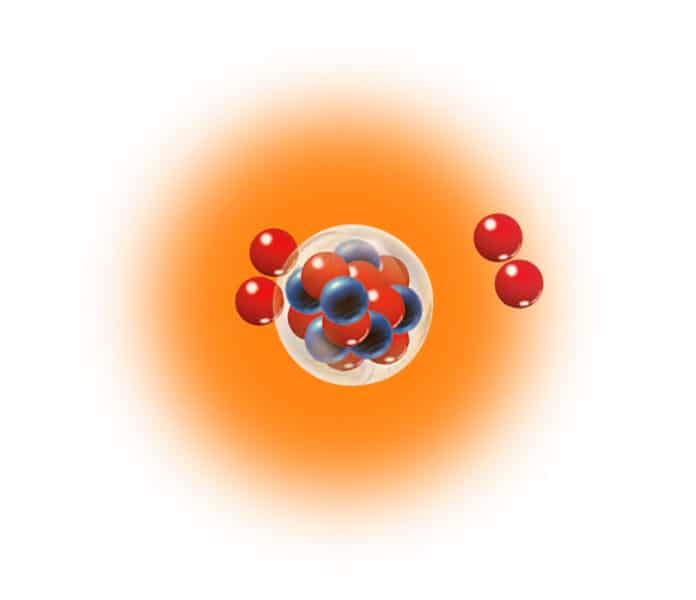Earth is full of natural magnesium. It has become a crucial component of our diets and minerals in the planet’s crust. But, this magnesium is stable, and its nucleus doesn’t fall apart.
Scientists from Michigan State University (MSU), in collaboration with an international team of scientists, have created an unstable isotope of magnesium. This is the world’s lightest version—or isotope—of magnesium to date.
The isotope is so unstable that it falls apart before scientists can measure it directly. Still, this isotope isn’t keen on existing that can aid scientists to understand how the atoms that define our existence are made.
Kyle Brown, an assistant professor of chemistry at the Facility for Rare Isotope Beams, said, “One of the big questions I’m interested in is where do the universe’s elements come from. How are these elements made? How do these processes happen?”
However, the new isotope will not answer these questions alone, but it can certainly refine the theories and models scientists develop to account for such mysteries.
Scientists used particle accelerators to make increasingly exotic isotopes like this one. They can also push the limits of models that help explain how all nuclei are built and stay together.
This, in turn, helps predict what happens in extreme cosmic environments that we may never be able to mimic on or measure from Earth directly.
Brown said, “By testing these models and making them better and better, we can extrapolate out to how things work where we can’t measure them. We’re measuring the things we can measure to predict the things we can’t.”
“FRIB is going to measure a lot of things we haven’t been able to measure in the past. We have an approved experiment set to run at FRIB. And we should be able to create another nucleus that hasn’t been made before.”
Heading into that future experiment, Brown has been involved with four different projects that have made new isotopes. That includes the newest, which is known as magnesium-18.
All magnesium atoms have 12 protons inside their nuclei. Previously, the lightest version of magnesium had 7 neutrons, giving it a total of 19 protons and neutrons—hence its designation as magnesium-19.
To make magnesium-18, scientists started with a stable version of magnesium, magnesium-24. The cyclotron at NSCL accelerated a beam of magnesium-24 nuclei to about half the speed of light and sent that beam barreling into a target. The target is a metal foil made from the element beryllium. And that was just the first step.
Brown said, “That collision gives you a bunch of different isotopes lighter than magnesium-24. But from that soup, we can select out the selected isotope we want.”
Here, that isotope is magnesium-20. This version is unstable, meaning it decays, usually within tenths of a second. So the group is on a clock to get that magnesium-20 to slam into another beryllium target around 30 meters, or 100 feet, away.
Brown said, “But it’s traveling at half the speed of light. It gets there pretty quickly.”
“It’s that next collision that creates magnesium-18, which has a life somewhere in the ballpark of a sextillionth of a second. That’s such a short time that magnesium-18 doesn’t cloak itself with electrons to become a full-fledged atom before falling apart. It exists only as a naked nucleus.”
“It’s such a short time that magnesium-18 never leaves the beryllium target. The new isotope decays inside the target.”
This isotope is not observable directly, but it can characterize telltale signs of its decay. By analyzing the protons and oxygen that do escape the target, the team can deduce the properties of magnesium-18.
Brown said, “This was a team effort. Everyone worked hard on this project. It’s pretty exciting. It’s not every day people discover a new isotope.”
“We’re adding drops to a bucket, but they’re significant drops. We can put our names on this one, the whole team can. And I can tell my parents that I helped discover this nucleus that nobody else has seen before.”
Journal Reference:
- Y. Jin et al., First Observation of the Four-Proton Unbound Nucleus Mg18, Physical Review Letters (2021). DOI: 10.1103/PhysRevLett.127.262502
